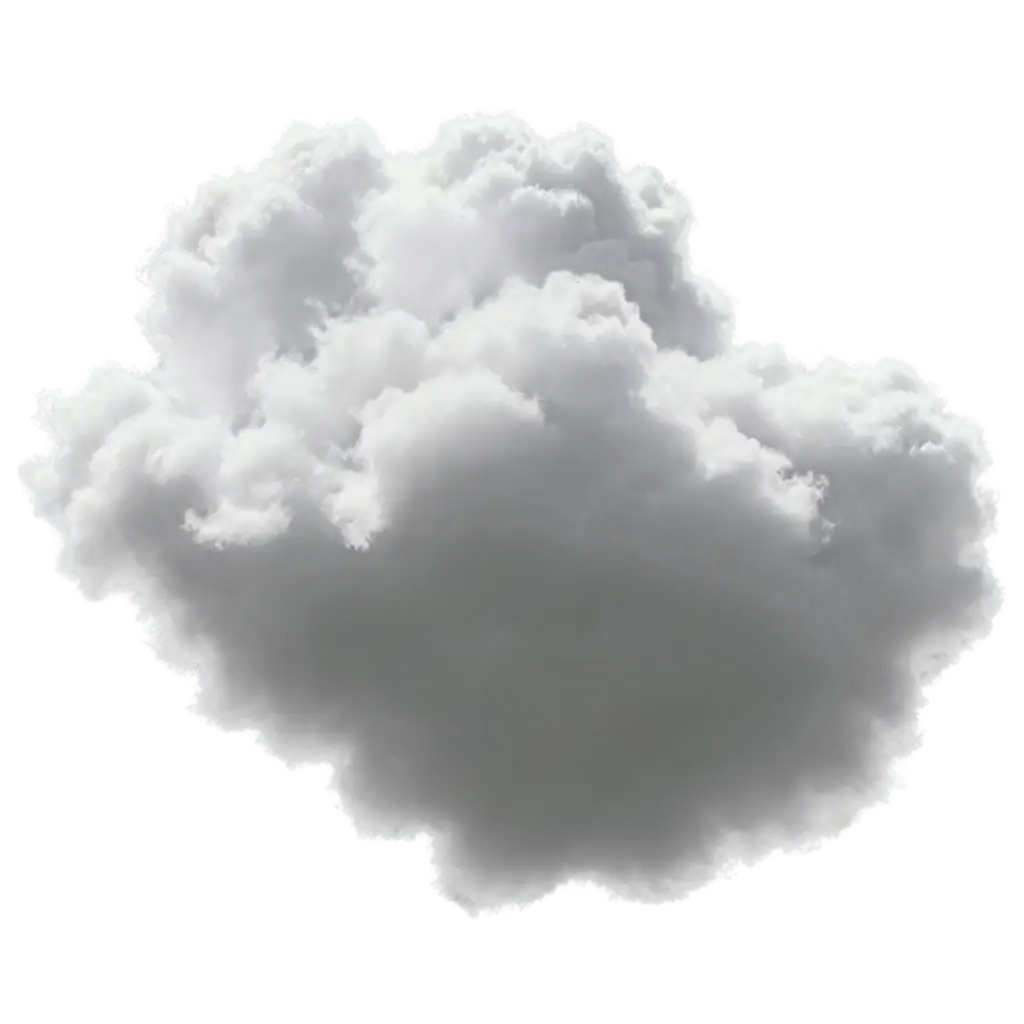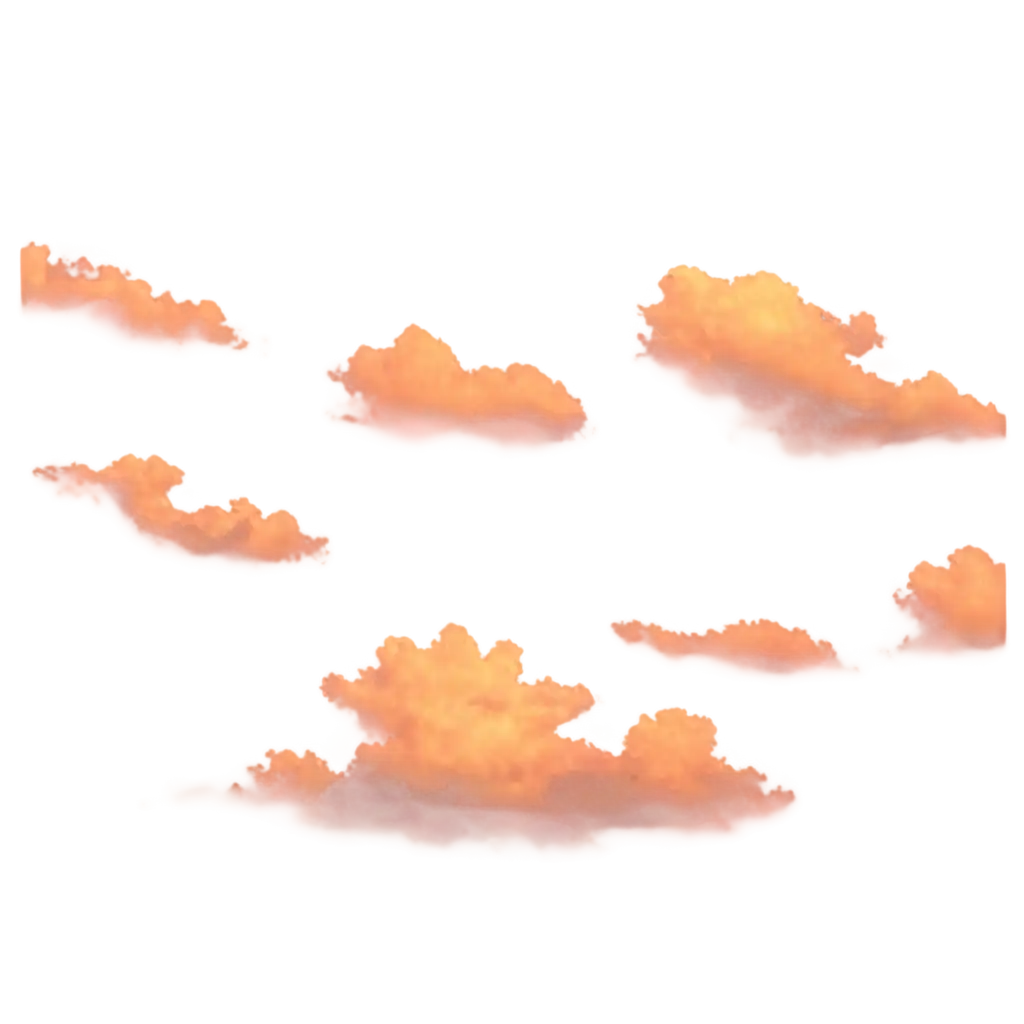3 Free Sky texture transparent PNG images
Welcome to our Sky Texture image collection, featuring 3 free AI-generated images. Dive into a diverse array of stock photos, 3D objects, vectors, and illustrations that capture the essence of celestial beauty. Enjoy high-resolution downloads and utilize our 'open in editor' feature to customize prompts for your perfect sky image.



Related Tags
Sky textures refer to the visual patterns, colors, and atmospheric effects observed in the sky. In digital art and photography, these textures play a crucial role in setting the mood and atmosphere of an image. They can range from clear blue skies with wispy clouds to dramatic storm clouds or vibrant sunsets. Sky textures are essential in landscape photography, digital matte painting, and 3D rendering, providing depth and realism to scenes. Artists and designers often use sky textures to enhance the emotional impact of their work, whether it's creating a serene backdrop or a tumultuous environment.
Understanding Sky Textures in Digital Art and Photography
Sky textures come in various types, each with unique characteristics. Clear sky textures feature uniform blue tones, often used to convey calm and serenity. Cloudy sky textures range from light, fluffy cumulus clouds to dark, foreboding nimbus formations, adding drama and depth. Sunset and sunrise textures showcase warm hues of orange, pink, and purple, creating a romantic or nostalgic atmosphere. Aurora textures depict the mesmerizing Northern or Southern Lights, with their distinctive swirling patterns and ethereal colors. Each type of sky texture can significantly influence the mood and narrative of an image, making them valuable assets in visual storytelling and design.
Types and Characteristics of Sky Textures
Creating realistic sky textures in digital art involves understanding light behavior, color theory, and atmospheric perspective. Artists often start with a base color gradient and then add layers of clouds, stars, or other celestial elements. Tools like digital brushes, blending modes, and texture overlays are commonly used to achieve desired effects. When applying sky textures, artists consider factors such as time of day, weather conditions, and the overall composition of the scene. In 3D rendering, sky textures are often applied as environment maps or skyboxes to create realistic lighting and reflections. The ability to manipulate sky textures allows artists to create dynamic and immersive environments, enhancing the visual impact of their work.
Creating and Applying Sky Textures in Digital Art
As AI technology advances, the creation and manipulation of sky textures are becoming increasingly sophisticated. AI-powered tools can now generate highly realistic sky textures based on input parameters, allowing artists to quickly produce diverse and complex skies. Machine learning algorithms are being trained on vast datasets of real sky images, enabling the generation of textures that accurately mimic natural phenomena. Future developments may include real-time sky texture generation that responds to user interactions or environmental data. This could revolutionize fields such as video game design, virtual reality, and augmented reality, where dynamic and responsive sky textures can greatly enhance immersion. As AI continues to evolve, we can expect even more realistic and diverse sky textures, pushing the boundaries of digital art and visual storytelling.
The Future of Sky Textures in AI-Generated Art